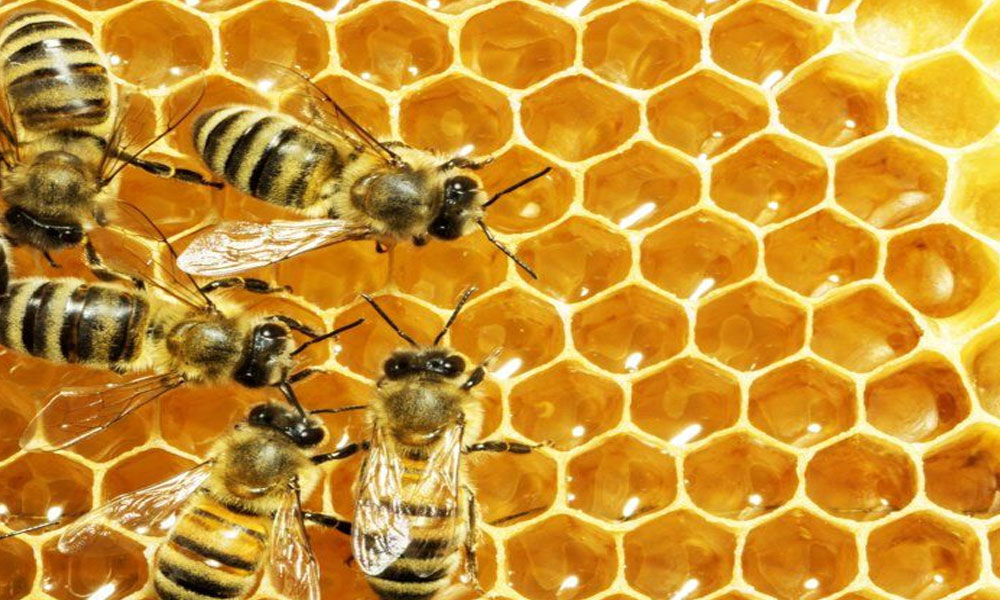Honey bees may tell how clean your city is
 Honey bees may tell how clean your city is
Honey bees may tell how clean your city isHoney bees may help monitor pollution in cities and help pinpoint the exact sources of environmental pollutants such as lead, a first-of-its-kind study has found. The study published in the journal Nature Sustainability, analysed honey from urban beehives in six Metro Vancouver neighbourhoods.
The researchers tested for miniscule levels of lead, zinc, copper and other elements and carried out lead isotope analyses -- similar to fingerprinting -- to identify where the lead came from. "The good news is that the chemical composition of honey in Vancouver reflects its environment and is extremely clean," said Kate E Smith, PhD candidate at the University of British Columbia in Canada.
"We also found that the concentration of elements increased the closer you got to downtown Vancouver, and by fingerprinting the lead we can tell it largely comes from manmade sources," Smith said in a statement. Metro Vancouver honey is well below the worldwide average for heavy metals like lead, and an adult would have to consume more than 600 grammes, or two cups, of honey every day to exceed tolerable levels, researchers said.
They found the concentration of elements increased closer to areas with heavy traffic, higher urban density and industrial activity such as shipping ports. Places like the city of Delta showed elevated levels of manganese, which could be a result of agricultural activity and pesticide use in the area.
The researchers also compared the lead fingerprints of the honey to those from other local environmental samples like lichen from around British Columbia, rock from the Garibaldi volcanic belt, sediment from the Fraser River and trees in Stanley Park.
They discovered that the lead fingerprints of the honey did not match any local, naturally-occurring lead. However, the trees in Stanley Park and the honeys from downtown displayed some striking similarities that pointed to potential manmade sources of lead.
"We found they both had fingerprints similar to aerosols, ores and coals from large Asian cities," said Dominique Weis, senior author of the study. "Given that more than 70 per cent of cargo ships entering the Port of Vancouver originate from Asian ports, it is possible they are one source contributing to elevated lead levels in downtown Vancouver," Weis said.
Honey is able to provide such localised "snapshots" of the environment because honey bees typically forage for pollen and nectar within a two- to three-kilometre radius of their hives. "Honey sampling can easily be performed by citizen scientists in other urban centres, even if they lack other environmental monitoring capabilities," said Smith. The team will continue to study how honey analysis might complement traditional air and soil monitoring techniques and test the efficiency of honey as an environmental monitor in other cities.















